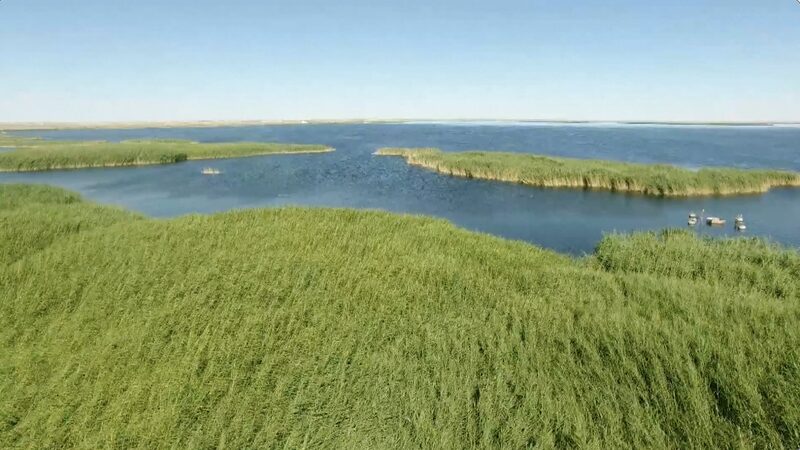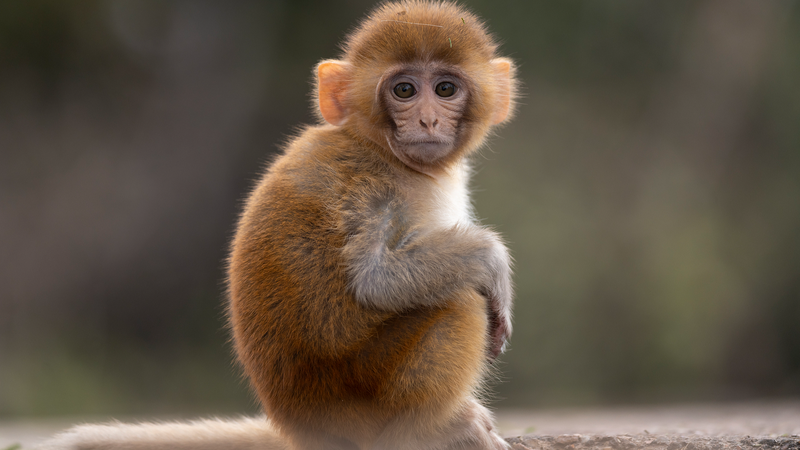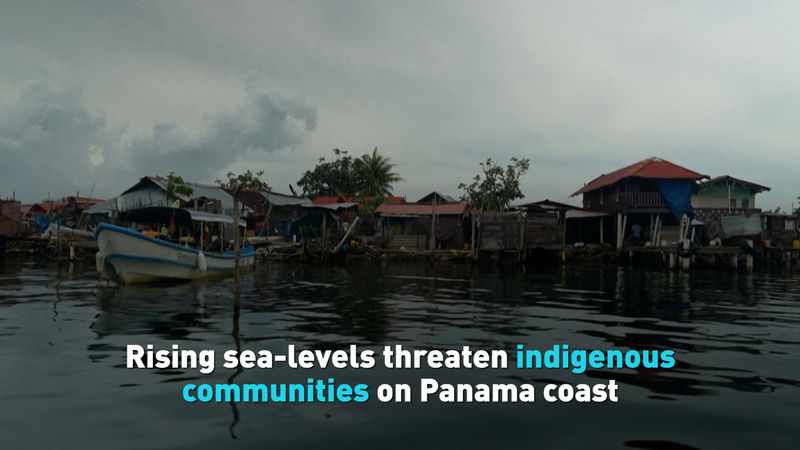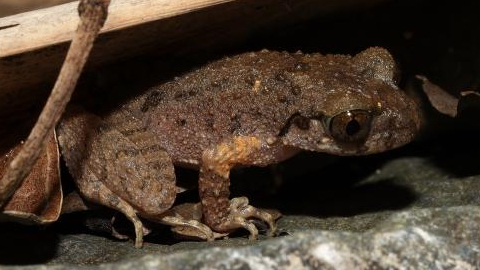🌅 Once upon a time, in the heart of the Chinese mainland's vast deserts, East Juyan Lake was just a dry memory. But guess what? It's back and brimming with life! 🌊✨
Located at the tail of the Heihe River, China's second-largest inland river, East Juyan Lake in Ejin Banner, Inner Mongolia Autonomous Region, dried up in 1992. Why? Water from the Heihe River was being siphoned off for irrigation upstream during the 1950s and 1960s, leaving the lake high and dry. 😕
As the lake vanished, the surrounding deserts – Badain Jaran, Tengger, and Ulan Buh – expanded at a staggering rate of 100,000 hectares per year! 😱 Sandstorms became the new normal, wreaking havoc across northern China every spring.
Fast forward to 2001, China launched a massive project to combat desertification. 🌱💪 And voilà, by August 20, 2005, East Juyan Lake didn't dry up for an entire year for the first time in over a decade! 🎉
Today, the lake covers a sparkling 30 to 40 square kilometers all year round. It's a bustling hub for over 133 species of birds, including more than 100,000 migratory birds. 🐦❤️ Nature is truly healing!
The improvements are clear as day. The number of sandstorms in Ejin Banner has dropped by 50% since the 1980s. 🌬️➡️🌤️ How cool is that?
But it hasn't all been smooth sailing. With less water flowing into the Heihe River last year, authorities jumped into action. The Ministry of Water Resources conducted three water diversions into East Juyan Lake—one in winter and two in spring—a first in consecutive winter and spring seasons. 🚰🌨️🌷
In early August, the Heihe River Basin Administration Bureau pulled out all the stops, using the Huangzang Temple water conservancy project for ecological water diversion. This move ensures East Juyan Lake stays vibrant for another 20 years and protects the lush oases along the river. 🌵🏞️
Liu Longtao, deputy director of the Heihe River Basin Administration Bureau, said, \"Since the comprehensive water diversion project began, we've been striving to realize the water distribution plan of the Heihe River's main stream. A total of 1.276 billion cubic meters of water have been diverted to East Juyan Lake, with an average annual diversion of 58 million cubic meters.\" 💧📈
Thanks to these epic efforts, East Juyan Lake is not just surviving—it's thriving! It's a shining example of how dedication and teamwork can turn the tide 🌊 against environmental challenges. So here's to East Juyan Lake's awesome comeback! 🥂🎊
Reference(s):
cgtn.com



